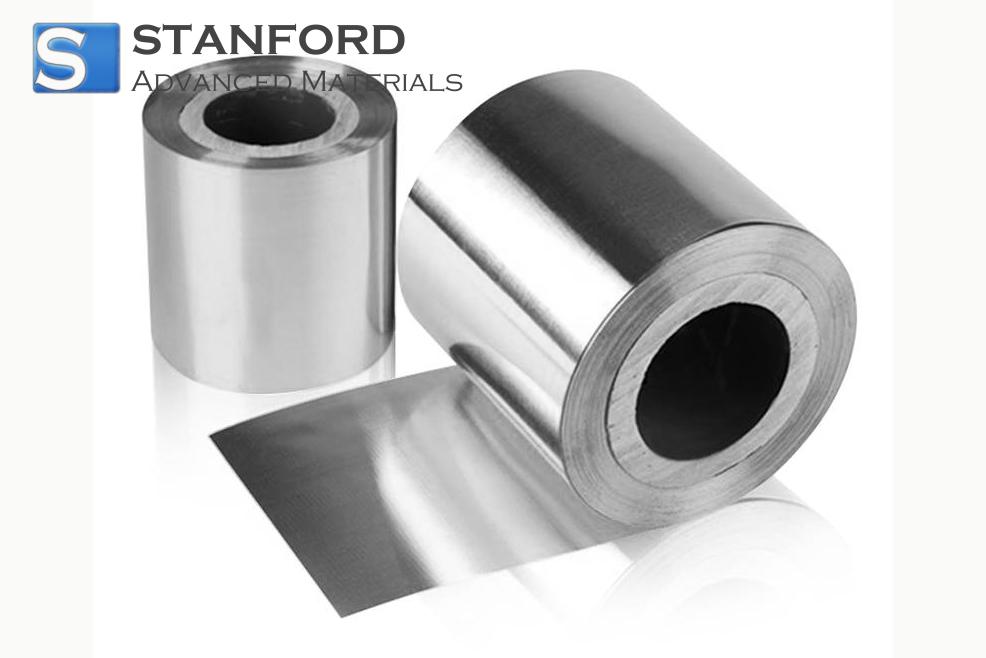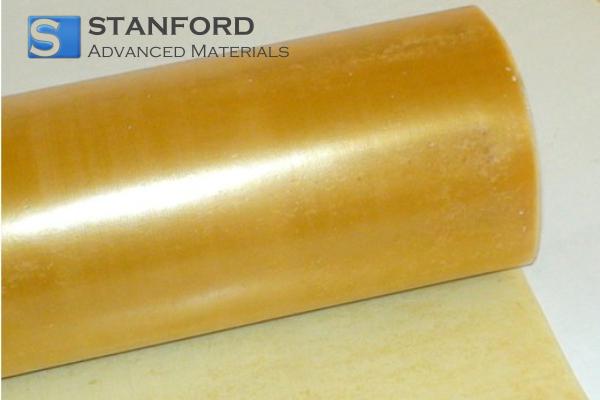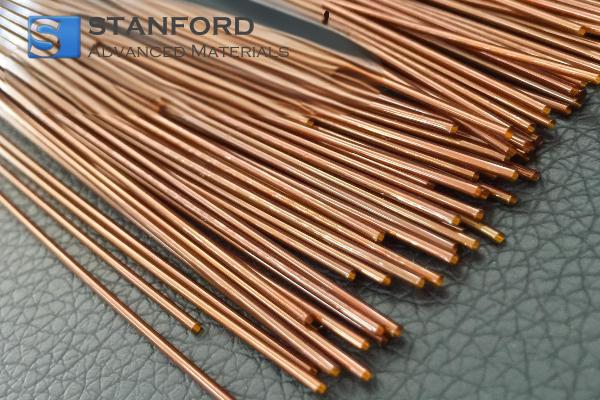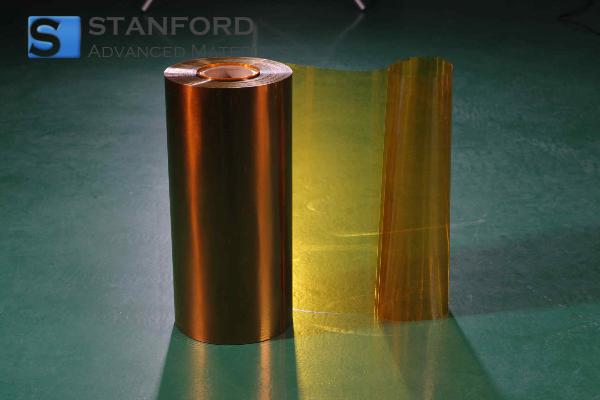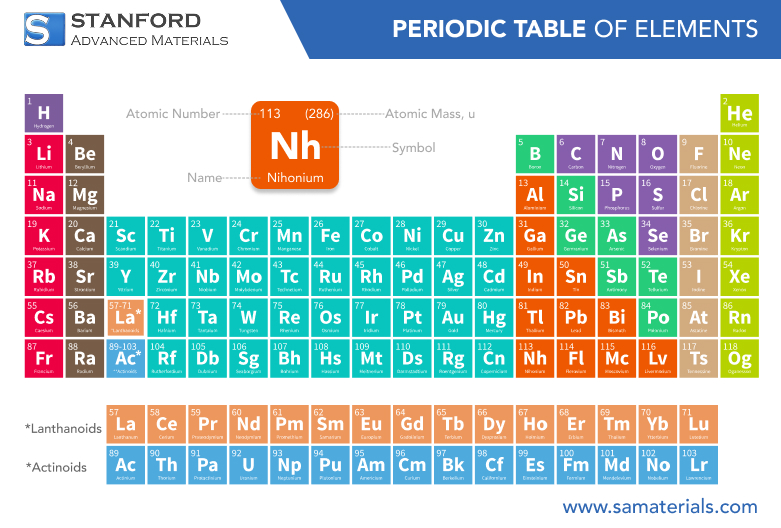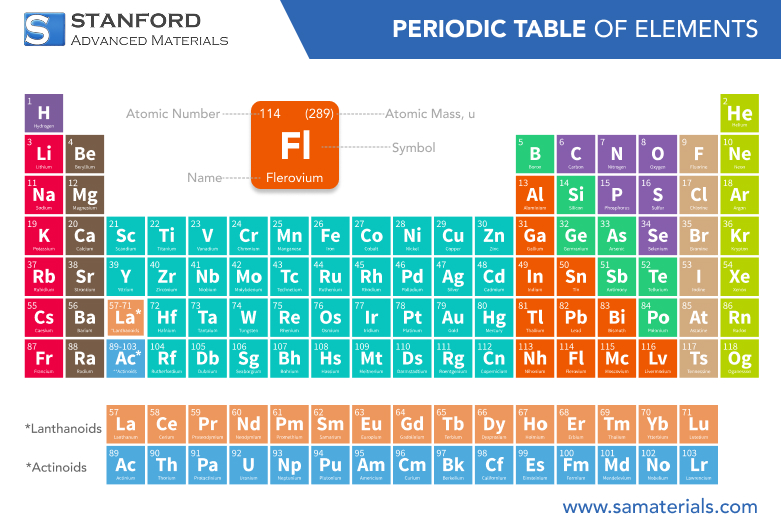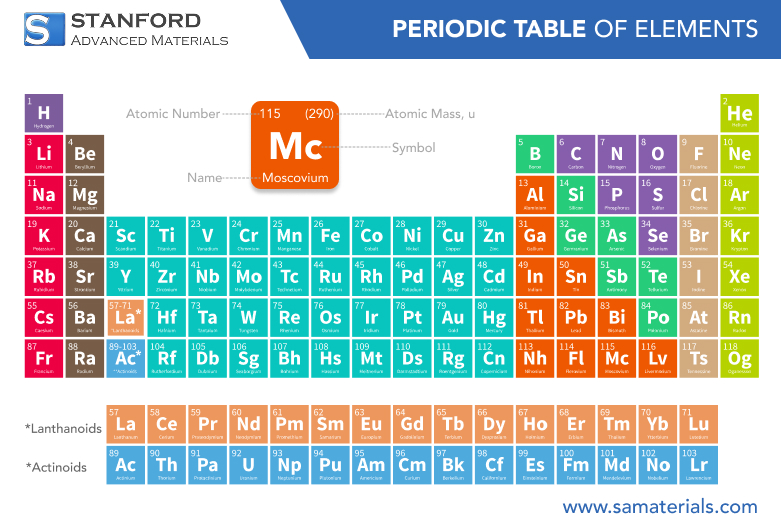Copper: Element Properties and Uses
Description
Copper is a versatile metal with significant importance in various fields, from electronics to construction. This blog post covers its chemical properties, physical attributes, common uses, and preparation methods.
Introduction to the Element
Copper (Cu) is a chemical element with atomic number 29. It is a reddish-brown metal that is widely used in industries for its excellent conductivity of electricity and heat. Copper has been utilized by humans for thousands of years, playing a vital role in technology and civilization's advancement. The metal occurs naturally in many minerals, and its extraction and processing have evolved significantly over time.
Chemical Properties Description
Copper is known for its ability to form various compounds, particularly copper(II) oxide, copper(II) sulfate, and copper(I) chloride. The chemical properties of copper include:
- Corrosion Resistance: Copper has excellent resistance to corrosion, particularly in the form of a green patina that forms when exposed to air, which helps protect the metal from further deterioration.
- Oxidation States: Copper commonly exhibits two oxidation states: +1 (Cu⁺) and +2 (Cu²⁺). Copper(II) compounds are more common, while copper(I) compounds are less stable.
- Reaction with Oxygen: When exposed to air, copper reacts with oxygen to form copper(II) oxide (CuO), which appears as a black coating. Over time, copper turns green due to the formation of copper carbonate when it reacts with carbon dioxide in the air.
- Reaction with Acids: Copper dissolves in acids like sulfuric acid and hydrochloric acid, forming copper salts.
Physical Properties
Copper has several physical properties that make it useful in various industries. These include:
- Color: Copper has a reddish-brown color that distinguishes it from other metals.
- Density: The density of copper is 8.96 g/cm³, which is relatively high compared to many other metals.
- Melting Point: Copper has a melting point of 1,984°F (1,085°C).
- Boiling Point: The boiling point of copper is 4,639°F (2,562°C).
- Electrical Conductivity: Copper is one of the best conductors of electricity, second only to silver, making it crucial for electrical wiring.
- Thermal Conductivity: Copper also has high thermal conductivity, which makes it ideal for heat exchange systems.
· For more information, please check Stanford Advanced Materials (SAM).
Common Uses
Copper is used in a wide range of applications due to its unique properties:
- Electrical Wiring: Copper is the standard material for electrical wiring due to its excellent conductivity.
- Plumbing: Copper pipes are widely used in plumbing systems due to their durability and resistance to corrosion.
- Construction: Copper sheets and wires are used in roofing and other construction applications.
- Alloys: Copper is combined with other metals to form alloys such as brass and bronze, which are used in various engineering applications.
- Coinage: Copper has been historically used in minting coins, and its alloys are still used today for some currencies.
Preparation Methods
Copper is typically extracted from its ores using two primary methods:
- Pyrometallurgical Process: This involves heating copper ores in a furnace to produce copper matte, followed by further refining to obtain pure copper.
- Hydrometallurgical Process: In this process, copper is extracted using aqueous solutions of acids, which dissolve the copper and then concentrate it.
After extraction, the copper is purified through electrolysis to remove impurities, resulting in high-purity copper.
Related Industrial Products
Copper is essential in many industrial products:
- Copper Wires and Cables: Used for electrical transmission and telecommunications.
- Copper Foil: Used in the production of electronic circuits.
- Copper Alloys: Brass (copper and zinc) and bronze (copper and tin) are used in various manufacturing sectors.
- Heat Exchangers: Copper’s thermal conductivity makes it ideal for use in heat exchangers in industrial processes.
Frequently Asked Questions
What is the most common use of copper?
The most common use of copper is in electrical wiring due to its high conductivity.
Is copper resistant to rust?
Copper does not rust like iron but forms a green patina due to corrosion, which actually protects the metal from further degradation.
How is copper extracted?
Copper is typically extracted through either pyrometallurgical or hydrometallurgical processes, depending on the ore type.
Can copper be recycled?
Yes, copper can be recycled indefinitely without losing its properties, making it one of the most recycled metals globally.
What are the main copper alloys?
Two of the main copper alloys are brass (copper and zinc) and bronze (copper and tin), each with unique properties suited to specific industrial applications.

